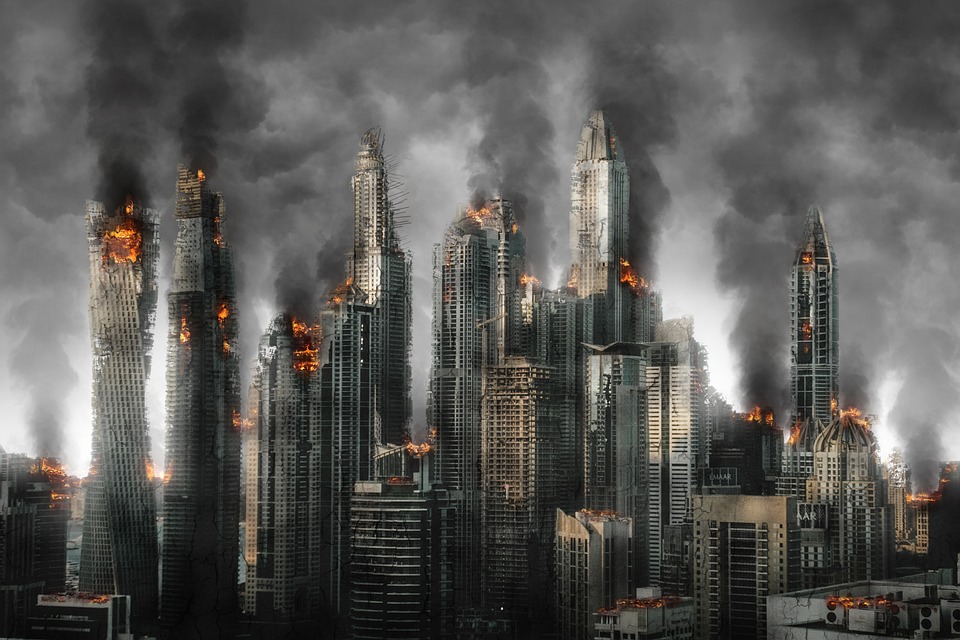California has long been known for its beautiful landscapes, sunny weather, and diverse culture. However, in recent years, the state has been facing a growing crisis that threatens the very fabric of its communities: wildfires. The fire zone numbers in California have been steadily increasing, leading to devastating impacts on both the environment and the people who call this state home.
The fire zone numbers refer to the areas in California that are at high risk of wildfires. These zones are determined based on factors such as weather patterns, vegetation density, and previous fire incidents. As the climate in California becomes hotter and drier, the fire zone numbers have been expanding, putting more and more communities at risk.
One of the most devastating impacts of the growing fire zone numbers is the destruction of homes and properties. When wildfires sweep through these high-risk areas, they can engulf entire neighborhoods in a matter of hours, leaving behind nothing but ash and rubble. In recent years, we have seen entire communities in California reduced to rubble by these unstoppable infernos, leaving thousands of people without homes or belongings.
In addition to the immediate loss of property, wildfires also have long-term impacts on the environment. The intense heat of a wildfire can destroy habitats, disrupt ecosystems, and even lead to the extinction of certain plant and animal species. The smoke and ash produced by these fires can also pollute the air and water, posing a serious health risk to both humans and wildlife.
The growing fire zone numbers in California have also had a significant economic impact on the state. The cost of fighting wildfires, repairing damaged infrastructure, and providing aid to affected communities can run into the billions of dollars each year. This puts a strain on state and local resources, diverting funding away from other important programs and services.
So, what can be done to address the growing fire zone numbers in California? One solution is to invest in fire prevention measures, such as clearing brush and dead vegetation, creating fire breaks, and implementing building codes that require fire-resistant materials. These measures can help reduce the risk of wildfires spreading and minimize the damage they cause.
Another crucial step is to address the root cause of the problem: climate change. The increasing frequency and intensity of wildfires in California are directly linked to rising temperatures and changing weather patterns. By taking action to reduce greenhouse gas emissions and mitigate the effects of climate change, we can help protect California and its residents from the devastation of wildfires.
In conclusion, the growing fire zone numbers in California are a clear sign of the urgent need to address the threat of wildfires in the state. By investing in prevention measures, addressing climate change, and supporting affected communities, we can help reduce the impact of wildfires and protect the beautiful landscapes and vibrant communities that make California so special. Let’s work together to ensure a safer and more sustainable future for the Golden State.





